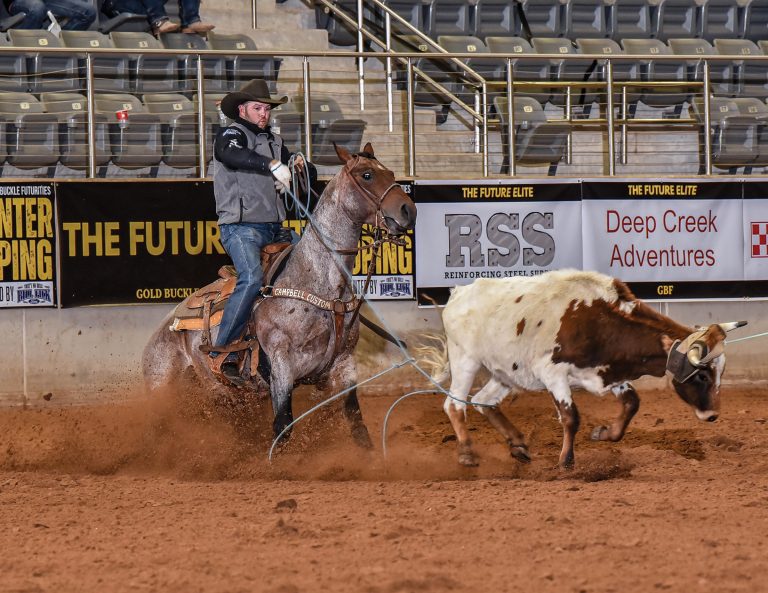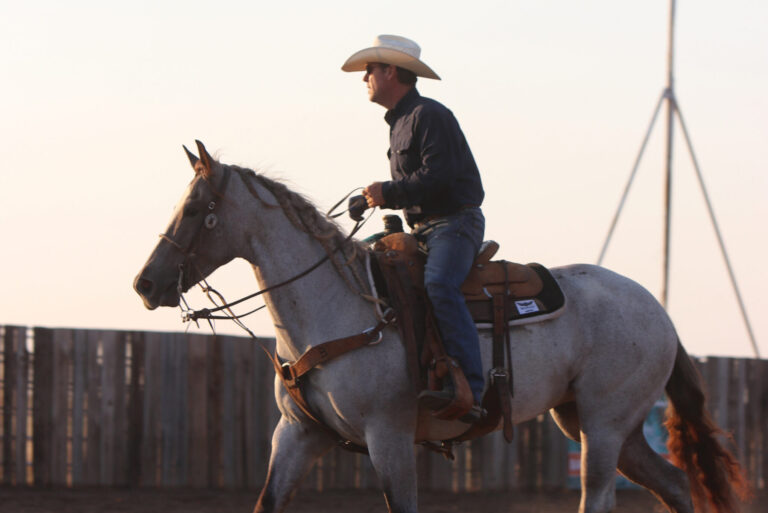Question: How big is your ideal switchender? — Gannon Johnson; Lisbon, North Dakota
Answer: I think a switchender needs to be 15 hands. If they’re over 15 hands, they’re too big to heel on. And if they’re any smaller, they’re too small to head on. I think the heavier they are, the better, until it gets to a point where it slows their feet down. And, when it comes to switch-enders, you can take into account that you might not be doing anything serious
enough to be that hard on them, because you’re doing a little of this and a little of that and not a lot of anything.
Trevor wants to answer your questions about roping & horsemanship. Email cshaffer@aimmedia.com to have your questions featured in a future issue of The Team Roping Journal.
But I need to clarify how I feel about switchenders. I’m pickier than most, but I haven’t had many I loved on both ends. Shada had one good one that I headed and heeled on at the Timed Event, but otherwise, that’s about it. It’s hard to have a horse at his or her best when you’re doing multiple events. That’s not because a horse can’t try its heart out on both ends, but it’s a matter of sending mixed signals. Heeling, you want the horse’s nose to the left and his ribs and shoulders picked up. It’s the opposite heading.
It’s hard to have a horse at his or her best when you’re doing multiple events. They can be good at both, but in this context: If they’re good at both, they’d be even better if all they did was one.
[PLUS: Brazile’s Relentless Gear Line]
Relentless Future Head Rope by Cactus Rope
Relentless All-Around Sport Boots by Cactus Gear
Relentless Extreme Gel Pad by Cactus Saddlery
(As an Amazon Associate, we earn from qualifying purchases made through affiliate links.)
A lot of great ropers start head horses on the heel side first, so a lot of good head horses are decent to heel on. It’s more of a thankless process, and there’s not as much pressure on them leaving the corner. I think heeling on horses you want to eventually head on, you’re not actually asking them to do it framed up correctly. It’s just a way of introducing them to cattle with pressure.
For me, I start every horse in every event steer stopping with a breakaway. That’s how I want them to learn to go find the cow with me. Both methods introduce a horse to finding the cow, just with different theories.
Stay caught up with Trevor Brazile with The Team Roping Journal’s WEEKLY newsletter and special Relentless Tips newsletters ONCE a month. Sign up HERE.











